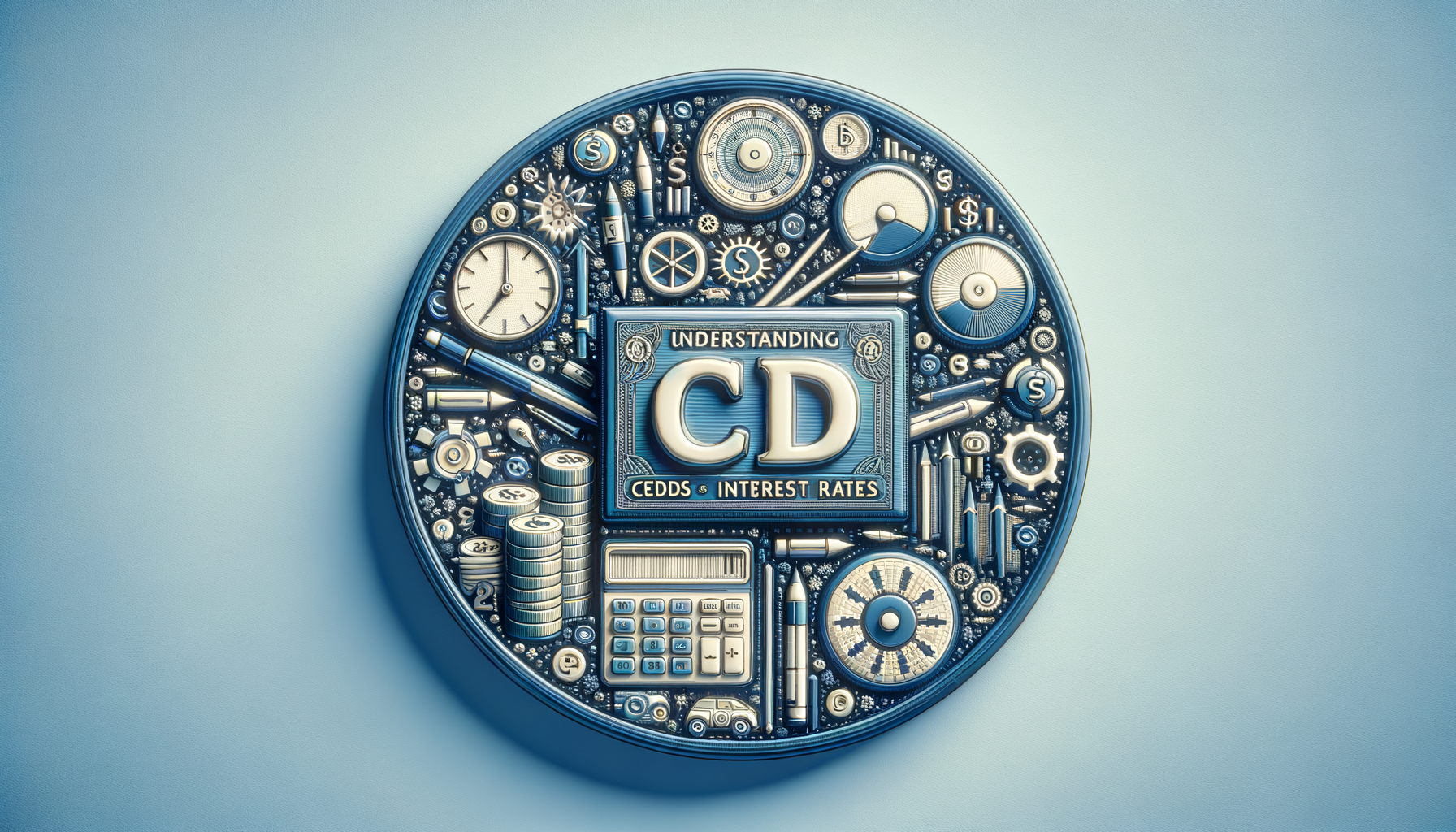
Understanding CD Interest Rates
Introduction to CD Rates
Certificates of Deposit (CDs) are a popular investment choice for individuals seeking a secure and predictable return on their savings. Unlike stock investments, CDs offer a fixed interest rate over a specified period, providing a reliable income stream. Understanding CD rates is essential for making informed decisions about where to allocate your savings. These rates are influenced by several factors, including economic conditions, the duration of the deposit, and the policies of the issuing financial institution. By comprehending these elements, investors can better navigate the savings landscape and optimize their returns.
Factors Influencing CD Rates
CD rates are primarily determined by the prevailing economic environment. When the economy is strong, interest rates tend to rise, leading to higher CD rates. Conversely, during economic downturns, rates generally decline. The duration of the CD also plays a crucial role; longer-term CDs typically offer higher interest rates as they require the investor to lock in their funds for an extended period. Additionally, market competition among financial institutions can lead to variations in rates, with some banks offering more attractive rates to entice new customers.
Another significant factor is the monetary policy set by central banks. For instance, when central banks increase interest rates to curb inflation, CD rates often rise in response. Investors should also consider the creditworthiness and reputation of the issuing institution, as these can impact the safety and reliability of the investment.
Comparing CD Rates Across Institutions
When exploring CD options, it is essential to compare rates across different financial institutions. Banks, credit unions, and online financial platforms often offer varying rates based on their strategies and customer base. Online banks, for example, may provide higher rates due to lower overhead costs compared to traditional brick-and-mortar banks. Credit unions, being member-owned, might also offer competitive rates as they strive to return value to their members.
Investors should also consider any promotional rates or special offers that might be available. However, it is crucial to read the fine print and understand any conditions or penalties associated with early withdrawal, as these can affect the overall return on investment.
Strategies for Maximizing CD Returns
To maximize returns on CDs, investors can employ several strategies. One common approach is CD laddering, where funds are divided among multiple CDs with different maturities. This strategy provides regular access to funds and allows investors to reinvest at potentially higher rates as CDs mature. Another strategy is to stay informed about market trends and adjust investments accordingly.
Investors should also consider the timing of their investments. For instance, investing when interest rates are expected to rise can lead to better returns. Additionally, diversifying across different financial institutions can spread risk and take advantage of varying rates.
Conclusion: Making Informed CD Investment Decisions
Understanding CD interest rates is crucial for anyone looking to secure a stable and predictable return on savings. By considering factors such as economic conditions, duration, and institutional differences, investors can make informed decisions that align with their financial goals. With strategies like laddering and diversification, it is possible to optimize returns while maintaining a low-risk profile. Ultimately, CDs remain a valuable component of a diversified savings strategy, offering peace of mind and financial security.


